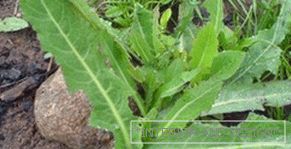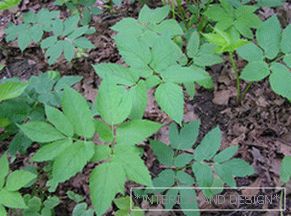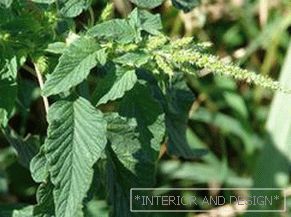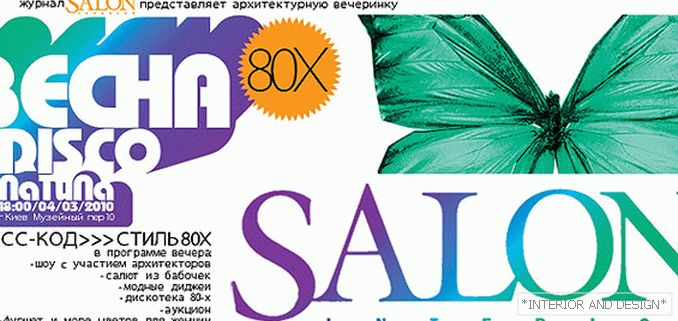 Many people buy a country plot to grow vegetables and herbs. In the process of caring for their beds, they are faced with the problem of weeds. Therefore, for them, the issue of weed control and prevention of their appearance on the plot becomes relevant. There are many ways that allow you to effectively deal with these plants, including pig. The choice of a particular depends largely on the biological characteristics of a particular plant and the place where it grows. The main types of weeds, as well as methods of controlling them, will be discussed further.
Many people buy a country plot to grow vegetables and herbs. In the process of caring for their beds, they are faced with the problem of weeds. Therefore, for them, the issue of weed control and prevention of their appearance on the plot becomes relevant. There are many ways that allow you to effectively deal with these plants, including pig. The choice of a particular depends largely on the biological characteristics of a particular plant and the place where it grows. The main types of weeds, as well as methods of controlling them, will be discussed further.
Content
- 1 Classification of weed plants
- 1.1 Juvenile
- 1.2 Perennial
- 2 Weeds in the garden
- 3 Lawn Weeds
- 4 Useful weeds on the plot
Weed plant classification
 Based on the three biological features, it is customary to classify weeds by:
Based on the three biological features, it is customary to classify weeds by:
- life expectancy;
- breeding method;
- way of eating.
According to such a criterion as life expectancy, weeds are divided into young and perennial.
Juvenile
Seed propagation is the main way for young weeds. This group includes:
- ephemera - in herbs belonging to this group, the growing season is less than one season;
- Spring - the vegetation period in the weeds of this group is the same as in the annual grasses. Often plantings with cultivated plants are clogged with just such weeds;
- winter annuals - these herbs sprout in the autumn months. Usually they litter perennial grasses, as well as wheat crops;
- biennial - they have a full development cycle of two vegetation periods.
Perennial
The peculiarity of perennial weeds is that up to 4 years they can grow in one place. Once the seed has ripened, these herbs ground organs die offwhile their root system continues to evolve. Every year weeds grow back into stems from the underground part. The reproduction of perennial weeds occurs either by seed or vegetatively.
According to this feature, as a way of feeding, all weeds are divided into the following types:
-
 non-parasitic weeds - their peculiarity is that they have self-catering and their development does not depend on other plants. Note that this group of plants is the most numerous;
non-parasitic weeds - their peculiarity is that they have self-catering and their development does not depend on other plants. Note that this group of plants is the most numerous; - semi-parasitic weeds - weeds belonging to this group have the ability to photosynthesis, but at the same time can partially feed at the expense of other plants. To do this, they stick to the roots and ground organs of other cultures;
- parasitic weeds - in these weeds no green leaves and rootstherefore they are not capable of photosynthesis. Their nutrition is at the expense of other plants. For nutrition, they are attached to the roots and stems of other plants.



